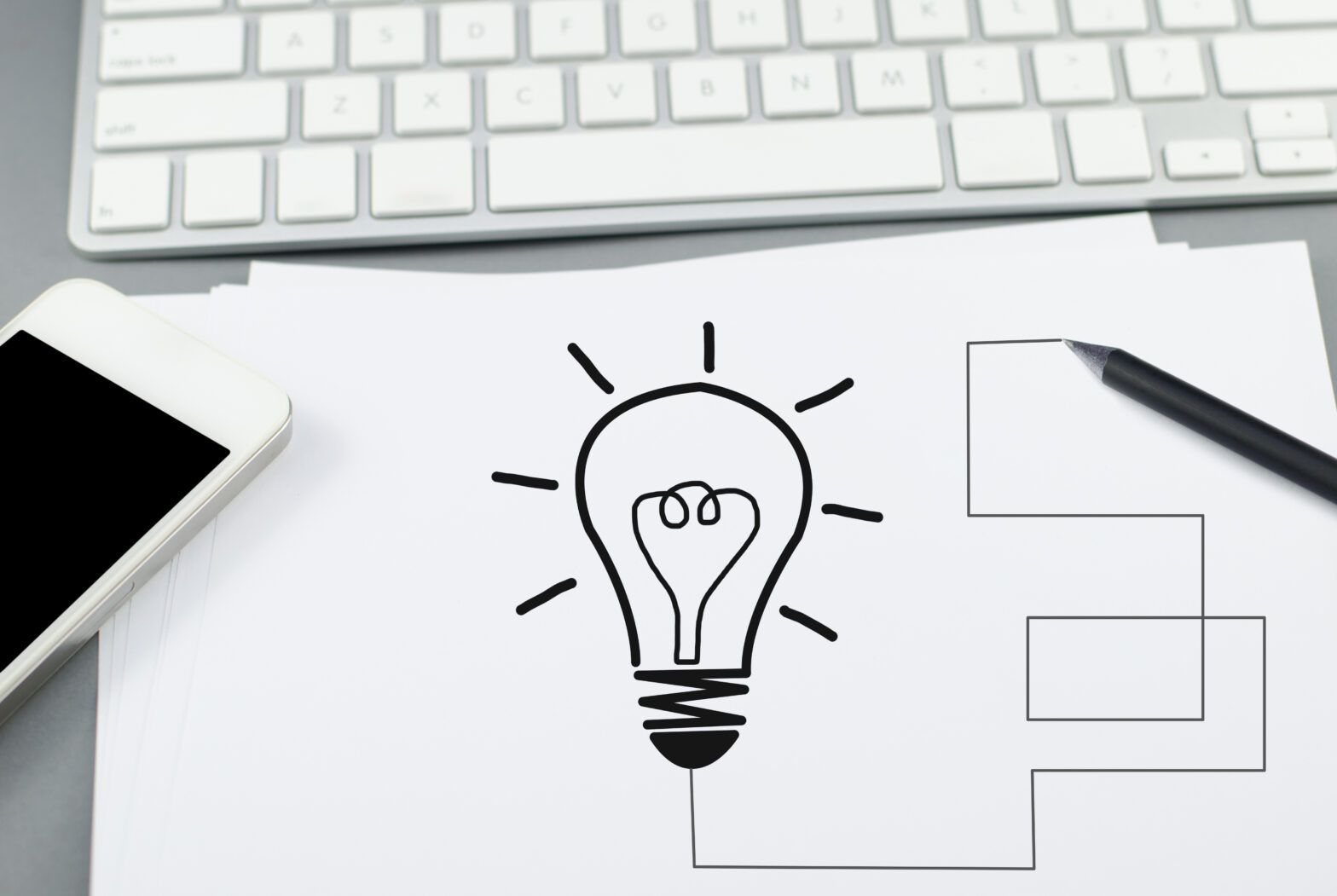So, you want to start a start-up?
Mark Twain once said that ‘the man with a new idea is a crank, until the idea succeeds.’ But with 90 per cent of all start-ups failing, investing in your dream can take guts.
The good news is that Europe dominated a recent ranking for some of the best places in the world to start a new business. European start-ups pulled in an impressive $12 billion worth of global funding last year but it takes more than financial investment to make your start-up flourish. Here are my top tips for supercharging start-up success.
Write a mission statement, and stick to it
Don’t try to overcomplicate your product, as without following your focus area closely, you run the risk of diluting your design. Make sure you lay out exactly what you want to make and who you are making it for. By having your target audience in mind, you’ll be less likely to stray from the problem you’re trying to solve. Swedish start-up Sandflo Golf is a great example of a company that sticks to what it knows best: creating custom golf putters from 3D sketches.
Learn new things or find others who can help
Having the courage to try out your idea is the biggest hurdle you’ll face. If you lack the technical knowledge to create your product, collaborate with others. There are also some great assets available online to upskill and teach yourself. David Craig, founder of Scriba stylus for creatives, built a prototype himself with the help of YouTube tutorials.
Prototype to perfection
Create weekly, monthly and quarterly milestones to get your idea just right. Anton Willis, an avid kayaker with a background in architecture, went through 25 iterations before he created Oru Kayak, a lightweight, portable folding kayak.
Build physical prototypes and test out your ideas until you get your final design just right. This will often involve a second stage to manufacture your production ideas and get to grips with how your design works in reality.
Simulate, simulate, simulate
Your final design might look great, but will it withstand the test of time and physical strain of materials that it might encounter? Use digital data from the design phase as this will help to test how durable your product will be out there in the market.
Have fun
Otherwise, what’s the point? Get out there, create and make the future!
Paul Sohi is a product design and consultant at Autodesk.







